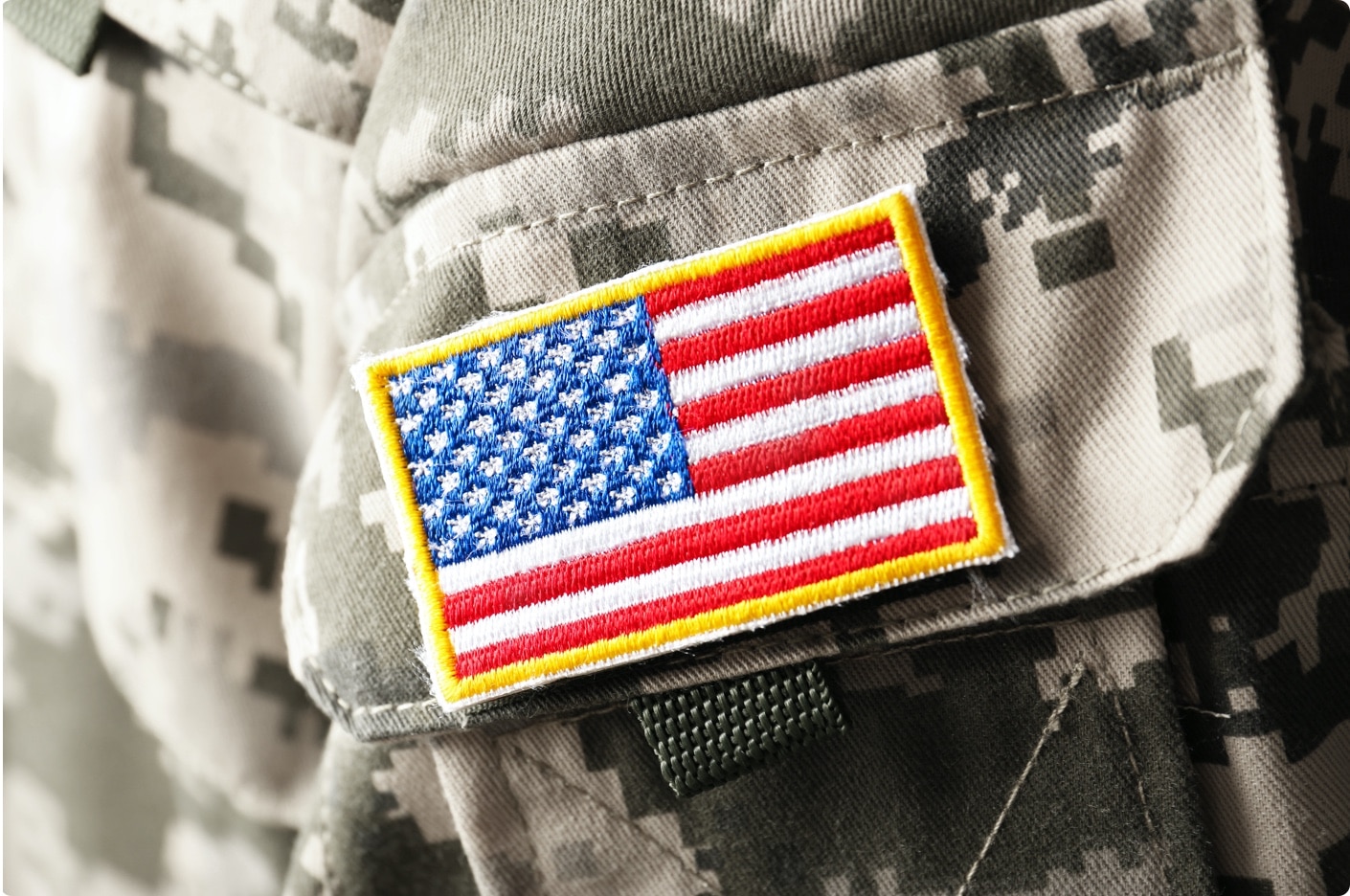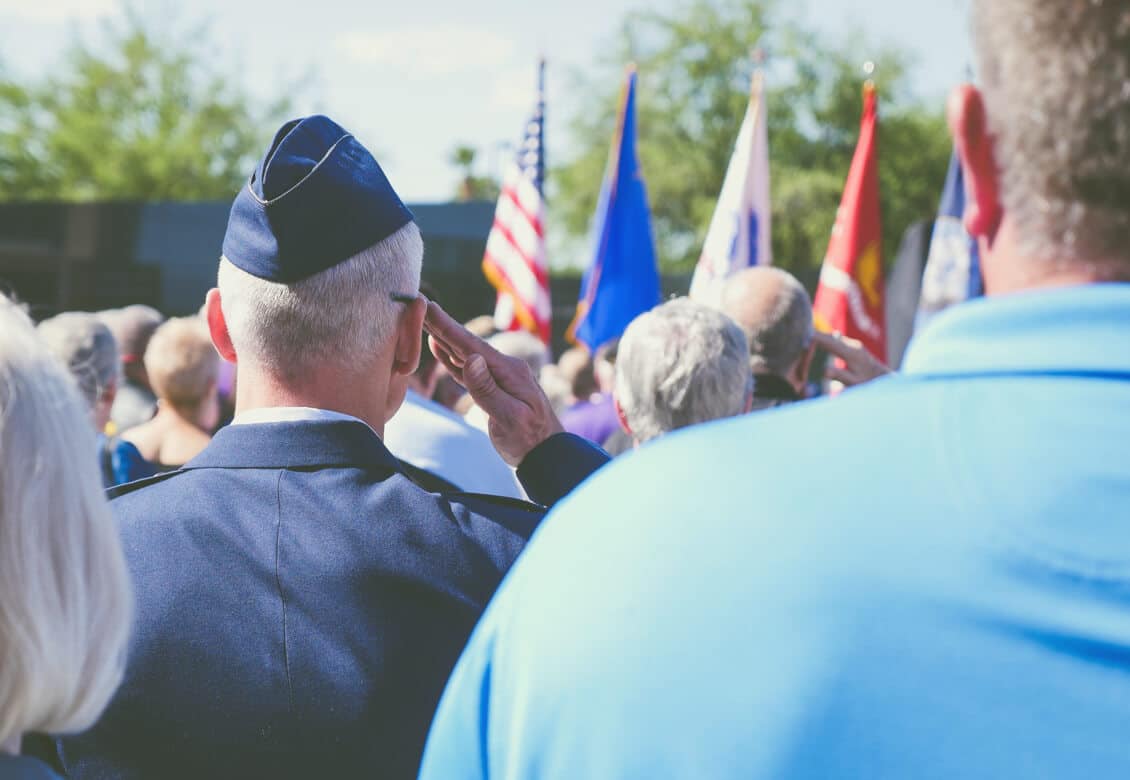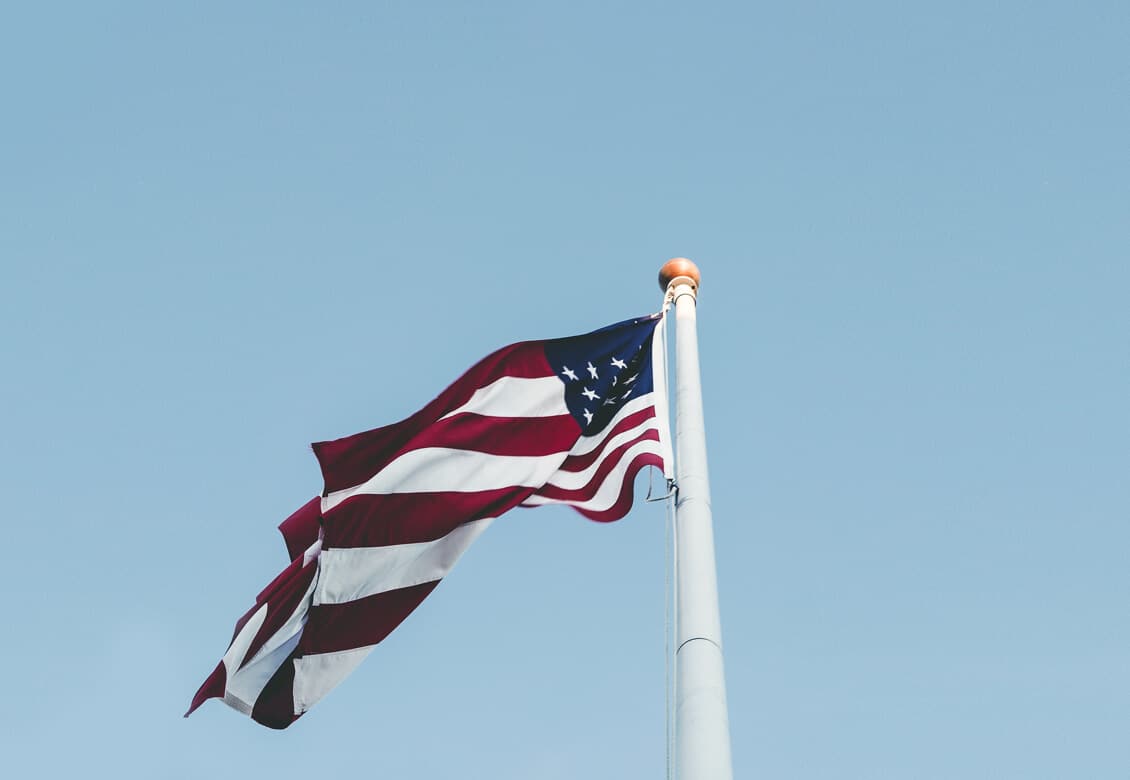Safe & reliable nationwide military car shipping
Ship your car with unbeatable prices
Read what other military customers say about their experience with Montway
How does military PCS vehicle shipping work?
Military PCS vehicle shipping is entitled to certain members assigned to a new duty station. Only one privately owned vehicle (POV) may be shipped at government expense, according to the Department of Defense. Alternate port requests must get approval from the Military Traffic Management Command (MTMC).


Does the military ship your car for free?
The military may ship your car for free if you’re an a) active member of the military and b) have received permanent change of station (PCS) orders. The government only pays for one privately owned vehicle (POV) to be shipped, according to the Department of Defense.

Why military members and families choose Montway for military car shipping


Military members’ best choice of service
Why choose Montway for your military car shipping
Montway sets the car shipping industry standard with more than a decade of experience and a network of over 15,000 car-carriers. Our goal is to find the best transport solutions for each customer. We have an A+ rating by BBB and a 5-star customer satisfaction ranking with My Moving Reviews. We know how important it is that all of your belongings make it to your PCS destination, safely and on time. Our record of shipping cars across country (or from city to city) speaks for itself.
1019000+
Satisfied customers
We’re happy when you’re happy. Our customers trust us because we offer easy to book car transport and provide exceptional service every time.
16+ years
In business
Car shipping is what we do best, and we treat each shipment with care. We continue to implement the newest market innovations to keep our customers happy.
747924+
Cars delivered nationwide
With hundreds of thousands of vehicles delivered successfully, we’re prepared to handle every possible scenario.
15,000+
Trucker network
All of our truckers are chosen because of their dedication and high-quality service standards.
PCS your POV to any state with Montway
- Nebraska Car Shipping
- Nevada Car Shipping
- New Hampshire Car Shipping
- New Jersey Car Shipping
- New Mexico Car Shipping
- New York Car Shipping
- North Carolina Car Shipping
- North Dakota Car Shipping
- Ohio Car Shipping
- Oklahoma Car Shipping
- Oregon Car Shipping
- Pennsylvania Car Shipping
- Rhode Island Car Shipping
Frequently asked questions about military car shipping
Can you deliver to my military base if I am not there?
Yes, we can. Our customer support team will work closely with you to meet your exact specifications, ensuring a stress-free shipment.
Is there an extra fee for modifications on my vehicle?
Yes, there may be additional charges for military PCS vehicle shipping if your car is modified. Modified vehicles often take up more space on the carrier’s truck and require additional equipment accommodations.
Is my car insured during transport?
Yes, it is. The carrier’s cargo insurance provides coverage from transport damage. Additionally, we have contingent cargo insurance.
Are personal items in the cars insured?
No, personal items in the car are not insured, even during car shipping for military personnel. It is recommended that you remove all valuables, important documents, or hard to replace belongings prior to pick up.
How long will it take to ship my car?
When you place an order, you will receive an estimated transit time for your shipment. This will give you a delivery window for when your car will be delivered. Transit times depend on moving distance. With each delivery being unique, it is possible that your car will be delivered faster than the estimated transit time provided.
Ready to get a military car shipping quote with Montway?
Use the calculator below or call us at (888) 666-8929 today!



